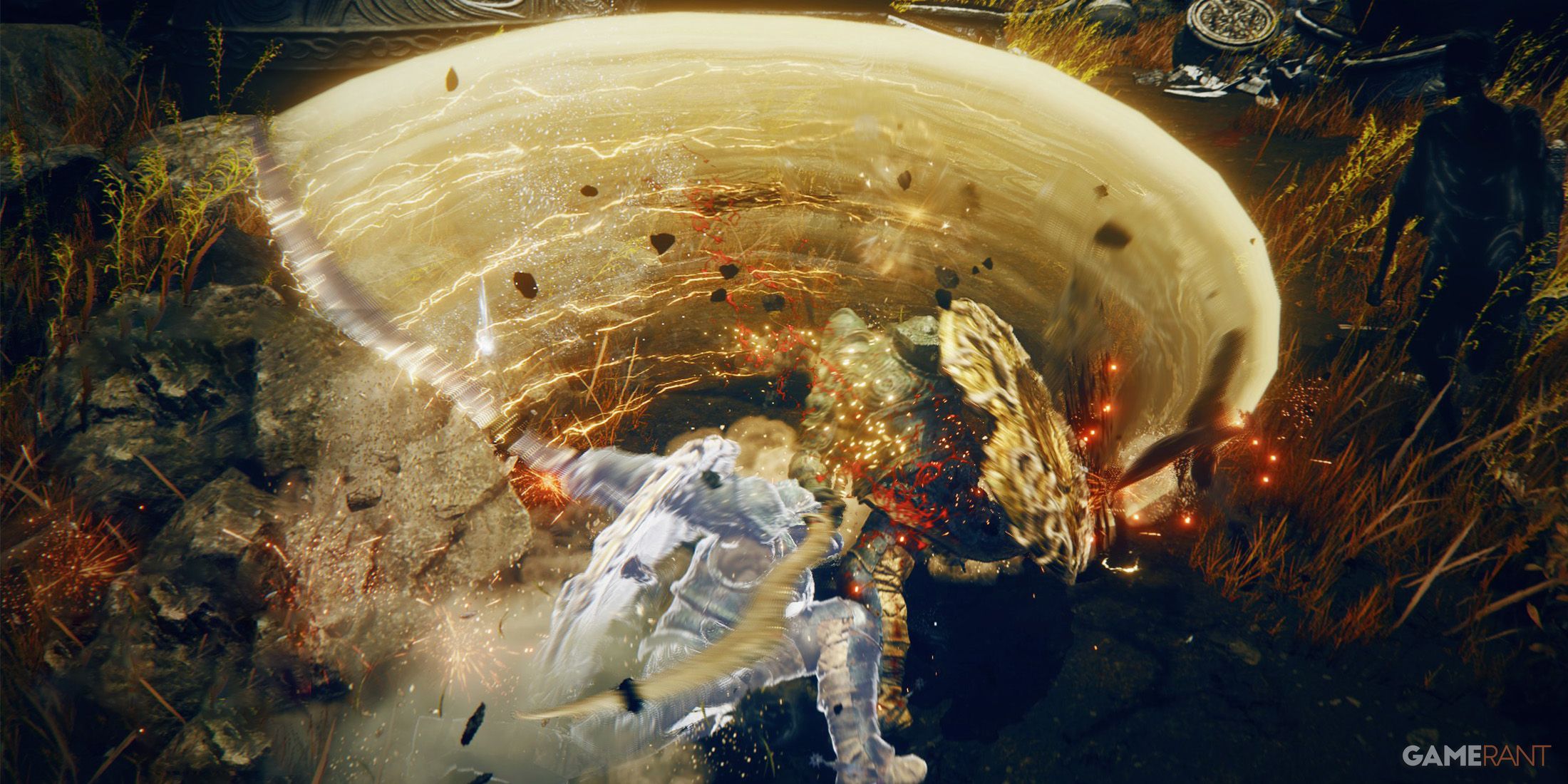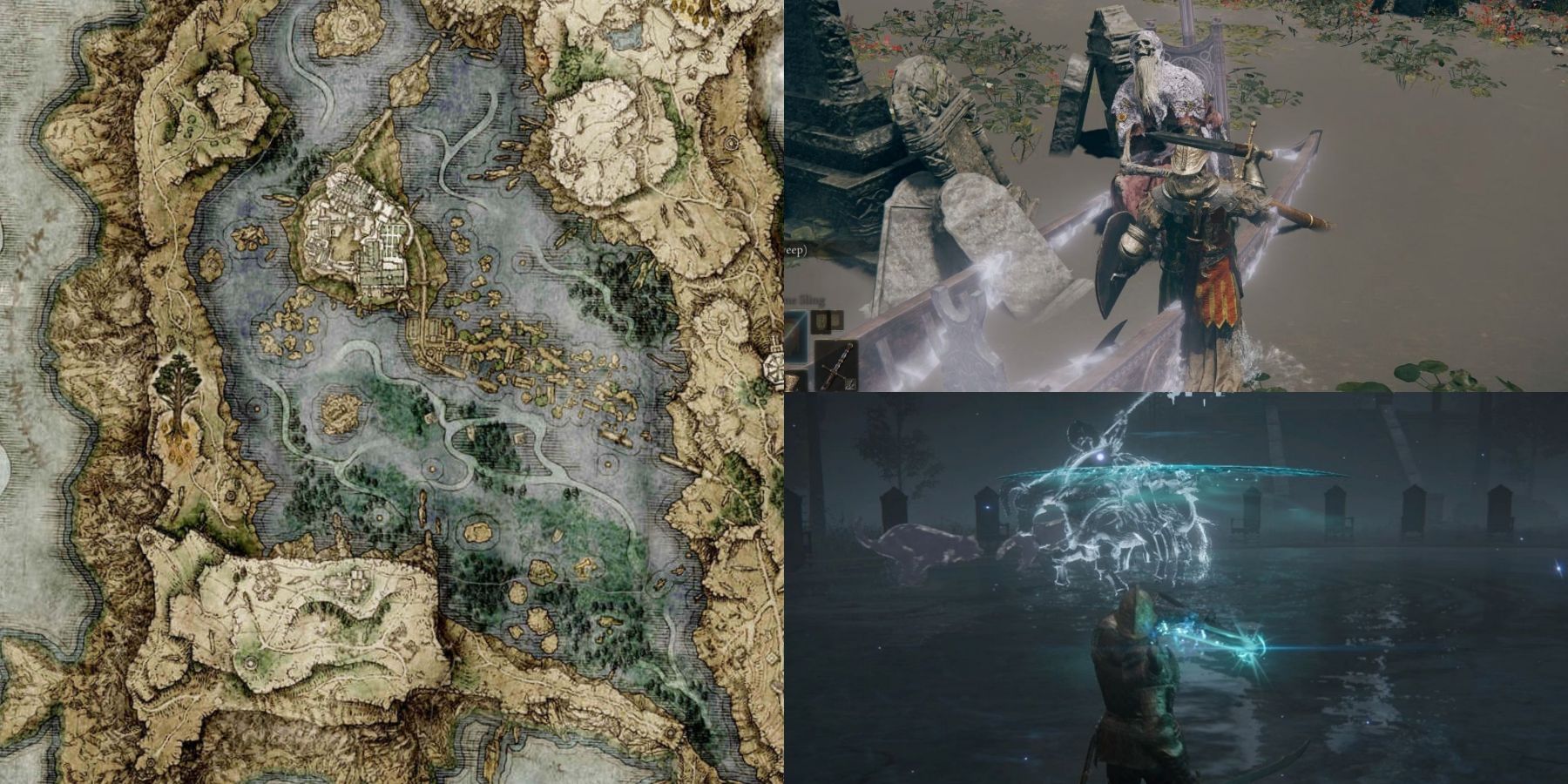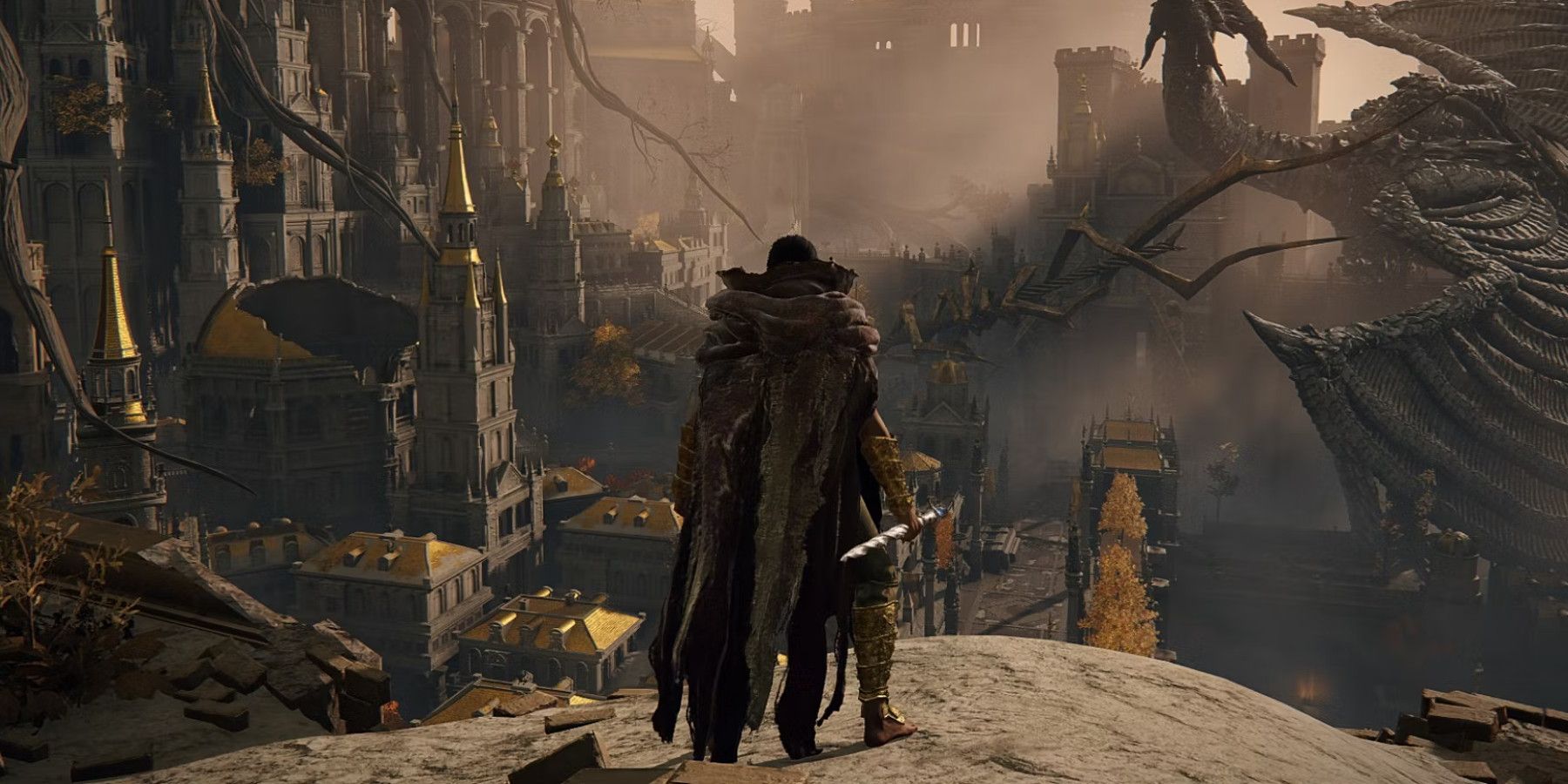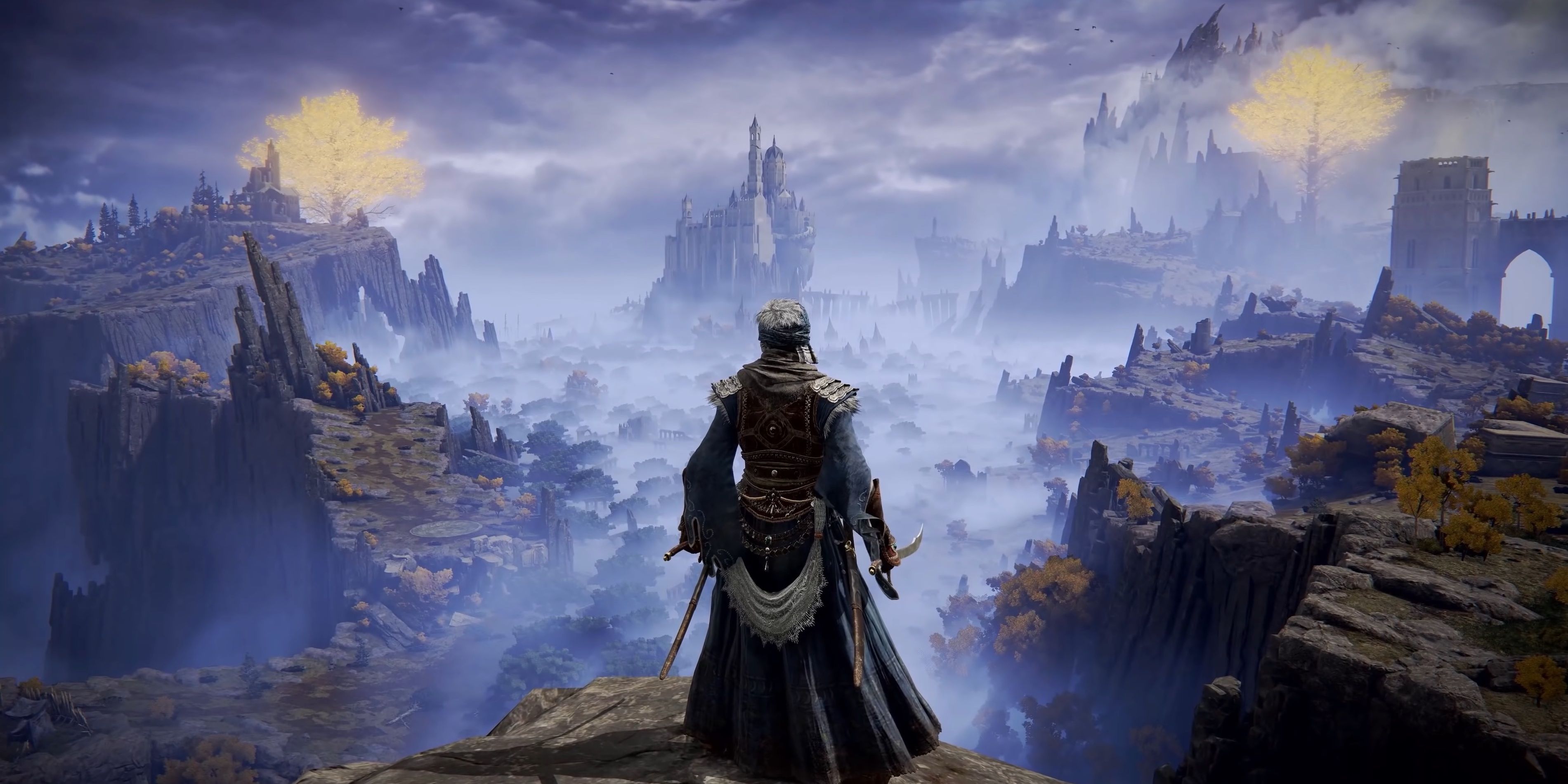Highlights
- Elden Ring's success lies in its vast and intricate open world, full of secrets and surprises for exploration.
- The next Elden Ring doesn't need to be bigger, however. It should focus on enhancing depth, complexity, and hidden treasures.
- Emphasizing engaging traversal options and adding resource-tracking features can elevate the experience of Elden Ring 2.
Elden Ring is a truly massive game. The 2022 action-RPG was a groundbreaking release for FromSoftware, taking the developer's traditionally niche formula and introducing it to a considerably broader audience of gamers, many of whom fell in love with its brutally difficult combat, perplexing lore, and sprawling open world. A hypothetical sequel to Elden Ring could expand the map, serving as an even bigger and more ambitious follow-up, but this might not be necessary or even advisable.
While many of FromSoftware's previous games could perhaps be considered open-world, as players have some degree of freedom when it comes to exploration, they are generally linear experiences designed to revolve around specific, predetermined areas. Elden Ring shirks studio convention in this regard, offering up a dizzyingly large map with few firm restrictions and letting players explore several vast and complex areas at will. It's easy to get lost in The Lands Between from its overworld, underground areas, and hidden locations, and dozens of hours can be spent on open-world discovery. With this colossal size being such a widely praised element of the game, it may seem natural for the next Elden Ring to up the ante.

The Genshin Impact-Inspired Elden Ring Game Runs the Risk of Being Another Diablo Immortal
Tencent is reportedly making a highly monetized Elden Ring mobile game inspired by Genshin Impact—a puzzling and bizarre prospect.
Elden Ring 2 Doesn't Need To Be Bigger, Just More Interesting
Elden Ring's The Lands Between Is More Than Just Big
Elden Ring broke FromSoftware tradition by going open-world, but perhaps its greatest accomplishment is the fact that it retains the tight and intriguing environmental design of its progenitors. Indeed, while many open-world games face criticism for what many consider to be bland or repetitive content, Elden Ring manages to stay surprising and engaging even after dozens or hundreds of hours of exploration.
It would take far too long to enumerate the reasons why Elden Ring's open world is such a success, but common points of praise center around complexity and immersion. While plenty of Elden Ring's open-world competitors feature stunning landscapes and iconic locations, few of them can match The Lands Between's intrigue and mystery. Elden Ring, like Dark Souls and Bloodborne before it, is chock-full of secrets: nondescript paths, hidden walls, and magical teleportation devices can all lead to shocking and inventive areas, which creates intrinsic motivation for discovery.
Plainly put, huge open-world games may incentivize exploration by offering clear-cut gameplay or narrative rewards, but they don't often do much to make the act of exploration rewarding in and of itself. This is where Elden Ring 's open world excels.
How Elden Ring 2 Can Offer a Better Open-World
Since it's not necessarily the massive size of The Lands Between that makes it so fun to explore, a sequel to Elden Ring ought to emphasize its other open-world strengths. Namely, it should double down on the depth and complexity of its world, integrating even more hidden paths, bespoke and detailed legacy dungeons, and mysteries to uncover. In other words, Elden Ring 2 should grow inwards, not expand outwards. Additionally, an Elden Ring sequel could make some more specific improvements when it comes to open-world features, including:
- A way to check completion percentage
- A tracker for valuable and finite resources
- More engaging traversal options, such as a Sekiro-inspired grappling hook
None of this is to say that FromSoftware's next open-world game should necessarily be smaller than Elden Ring. In many ways, the map size is crucial to the open world's success, as uncovering many of Elden Ring's best-hidden secrets is more rewarding due to the huge, unfolding scope of The Lands Between. However, it's common for open-world franchises to try to grow ever-larger with each new release, and while some games can benefit from a larger map, it simply isn't necessary for a follow-up to Elden Ring.





